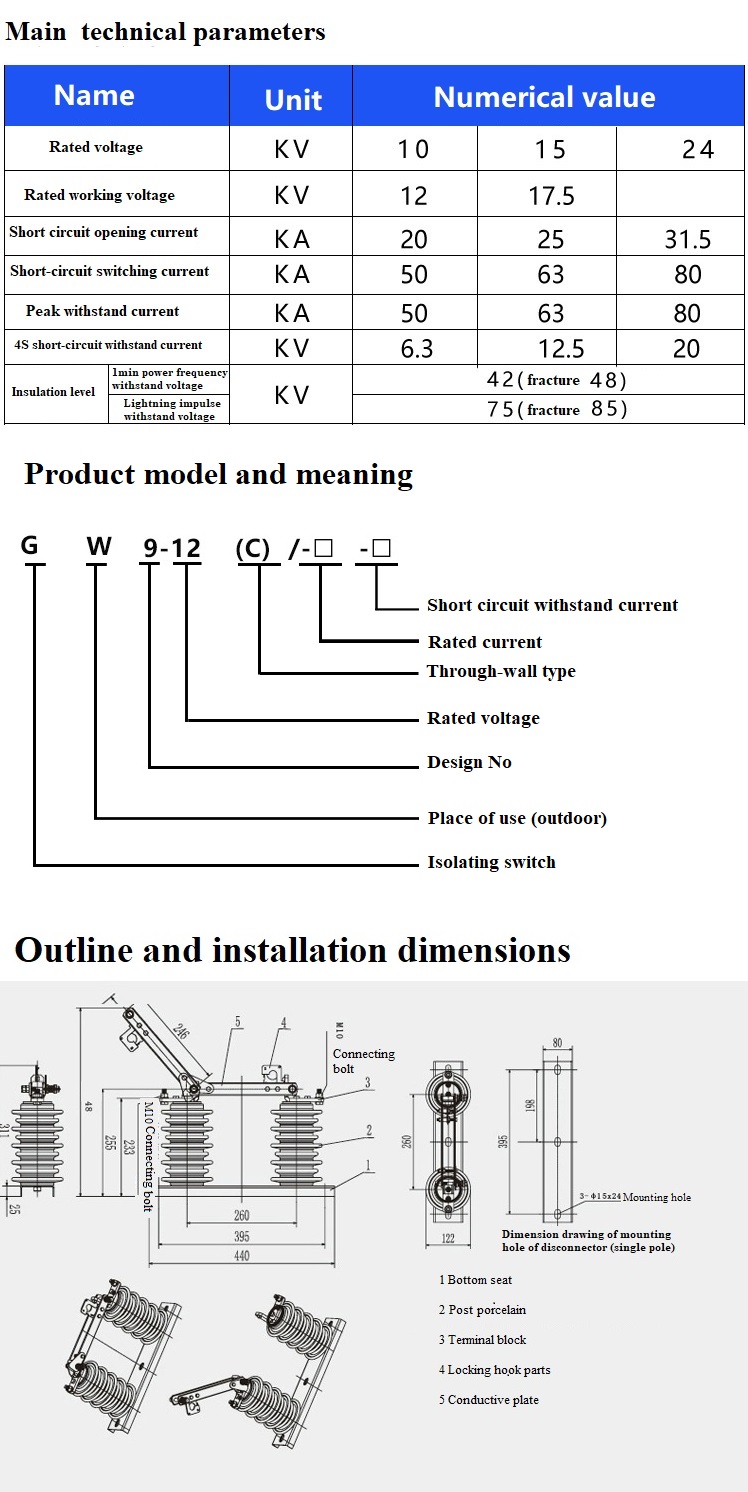The main function of the inverter is to transform the variable DC voltage input of the power supply into an interference-free AC sine wave output, which can be used not only for equipment but also for feedback to the power grid. 1. Solar power generation requirements for photovoltaic inverters For engineers familiar with power management, what are the main points of designing inverters for solar power systems require additional attention. First of all, as far as the use of existing photovoltaic system inverters is concerned, they can generally only be used for 5 to 10 years, and the service life of photovoltaic panels is up to 25 years. Inverters have become the least reliable component in photovoltaic systems . IR's AlbertoGuerra proposed that designers must consider the service life of photovoltaic system inverters. The solar inverter technology industry has high expectations for product life, and generally can guarantee a 20 to 25 year service life, so special emphasis is placed on the reliability of each component. Second, the key to improving the life of photovoltaic inverters The life of the photovoltaic inverter is determined by the reliability of its components. Although semiconductor components usually reach this level of reliability, they can be a challenge for passive components, especially electrolytic capacitors. The improvement of the reliability of electrolytic capacitors has become one of the keys to improve the reliability of photovoltaic inverters. 3. The role of electrolytic capacitors in photovoltaic inverters The photovoltaic inverter can be regarded as a special-purpose frequency converter powered by a DC power supply. The output frequency is 50 Hz or 50 Hz synchronized with the grid. There is no current pulse of the rectifier circuit generated by the rectifier, so that the function of the capacitor on the DC bus It is a DC bus capacitor or a "DC-Link" capacitor, which is used to absorb the extremely high harmonic current of the switching frequency and the triple current and high harmonic current of the output frequency generated by the inverter. 4. Requirements of photovoltaic inverters for electrolytic capacitors 1. High voltage Generally, high-power photovoltaic inverters directly convert the converted AC power into the high-voltage power grid, but from the perspective of safety regulations, the output voltage of the photovoltaic battery pack is generally not higher than 900V. Two 450V electrolytic capacitors can be selected in series, but In order to improve safety, two 500V electrolytic capacitors can be selected in series. Therefore, high-voltage capacitors are required to reduce the series connection of capacitors and improve reliability. 2. High ripple resistance In general, the current flowing through a capacitor in a photovoltaic inverter is 0.44 times the effective value of the inverter output current. For example, the output voltage of the photovoltaic inverter is 250V, the output current corresponding to each 1kW of output is about 2.54A, and the current flowing through the DC bus capacitor is 1.12A. The DC bus capacitor of the 100kW photovoltaic inverter needs to flow through 112A. Value current, the rated current of the selected capacitor should not be lower than this value. If the rated current of one electrolytic capacitor cannot meet the requirements, multiple electrolytic capacitors should be selected in parallel to obtain the required current value. Therefore, a single electrolytic capacitor with high ripple resistance is required to reduce the number of parallel electrolytic capacitors and improve the overall reliability. 3. Long life In the solar power generation system, the service life of the photovoltaic panel is up to 25 years, and the inverter can only be used for 5 to 10 years as a photovoltaic system. Therefore, the solar power generation system requires a 25-year level for the life of the photovoltaic inverter system. For the passive component electrolytic capacitor, its negative electrode is electrolyte, and it will dry out slowly with the use of time and fail. This inevitably requires the electrolytic capacitor industry to manufacture longer-life electrolytic capacitors to meet the requirements of photovoltaic inverters. High voltage isolation switches GW9 outdoor AC high-voltage disconnector is an AC 50H outdoor device, which is used in the power supply network with frequency of 50HZ and 10kV. It is used for the switching of high-voltage lines with voltage and without load, and for the electrical isolation of the overhauled high-voltage bus, circuit breaker and other electrical equipment from the live high-voltage lines. It can also be used to open and close very small capacitive current and inductive current.
They are composed of base, post insulator, conductive part and mechanism part. Knife type structure is adopted to open and close the circuit to cut off and close the line. Each phase of the knife is composed of two conductive blades, which are equipped with compression springs on both sides. The contact pressure required for switching the knife can be obtained by adjusting the height of the springs. When the switch is opened and closed, the insulating hook bar operating mechanism can be used for closing movement
Outdoor high voltage,High voltage distribution equipment,high voltage Isolating switch,Epoxy resin isolating switch,high voltage disconnector Henan New Electric Power Co.,Ltd. , https://www.newelectricpower.com
GW9 outdoor high-voltage disconnector features:
